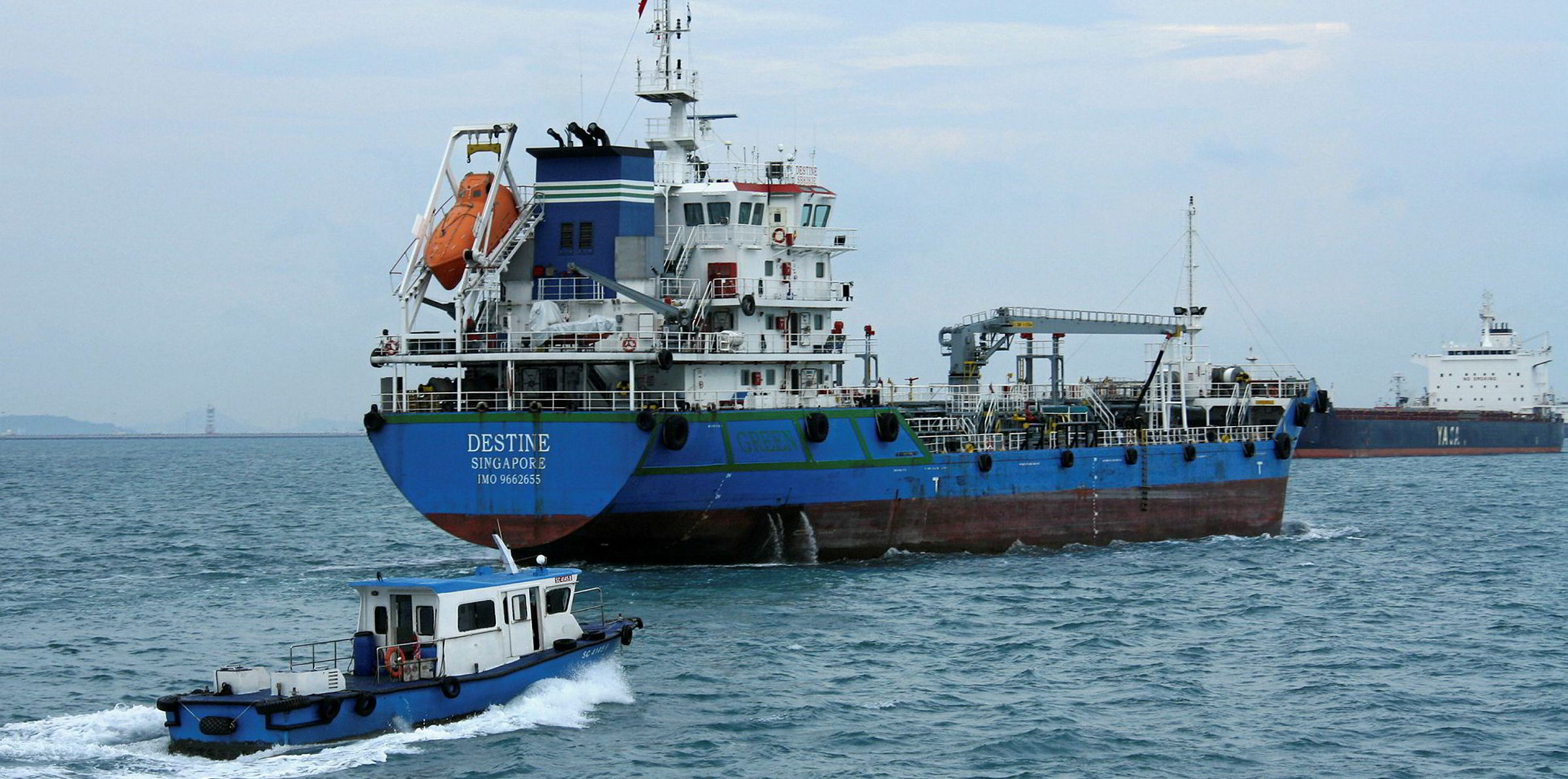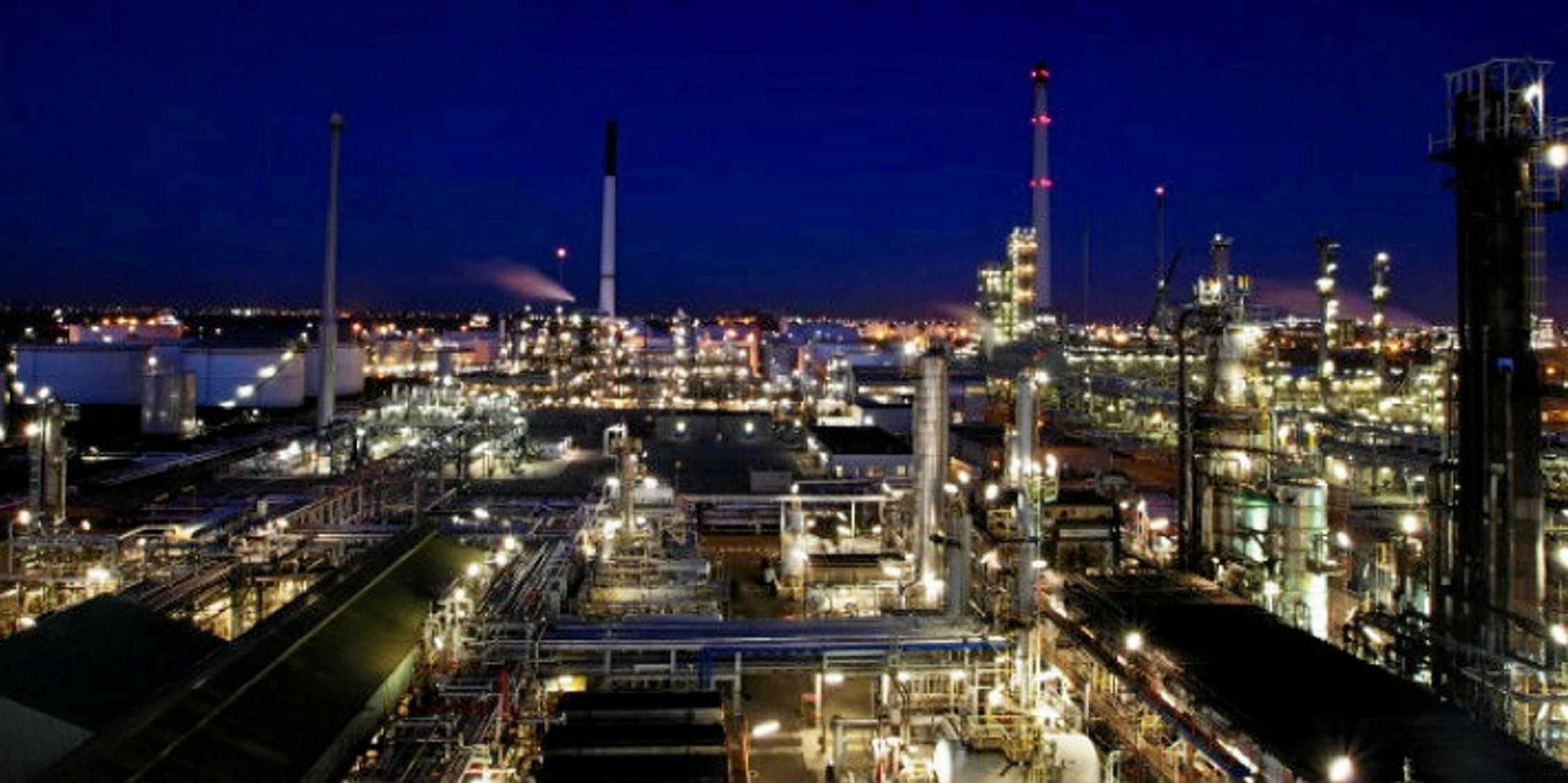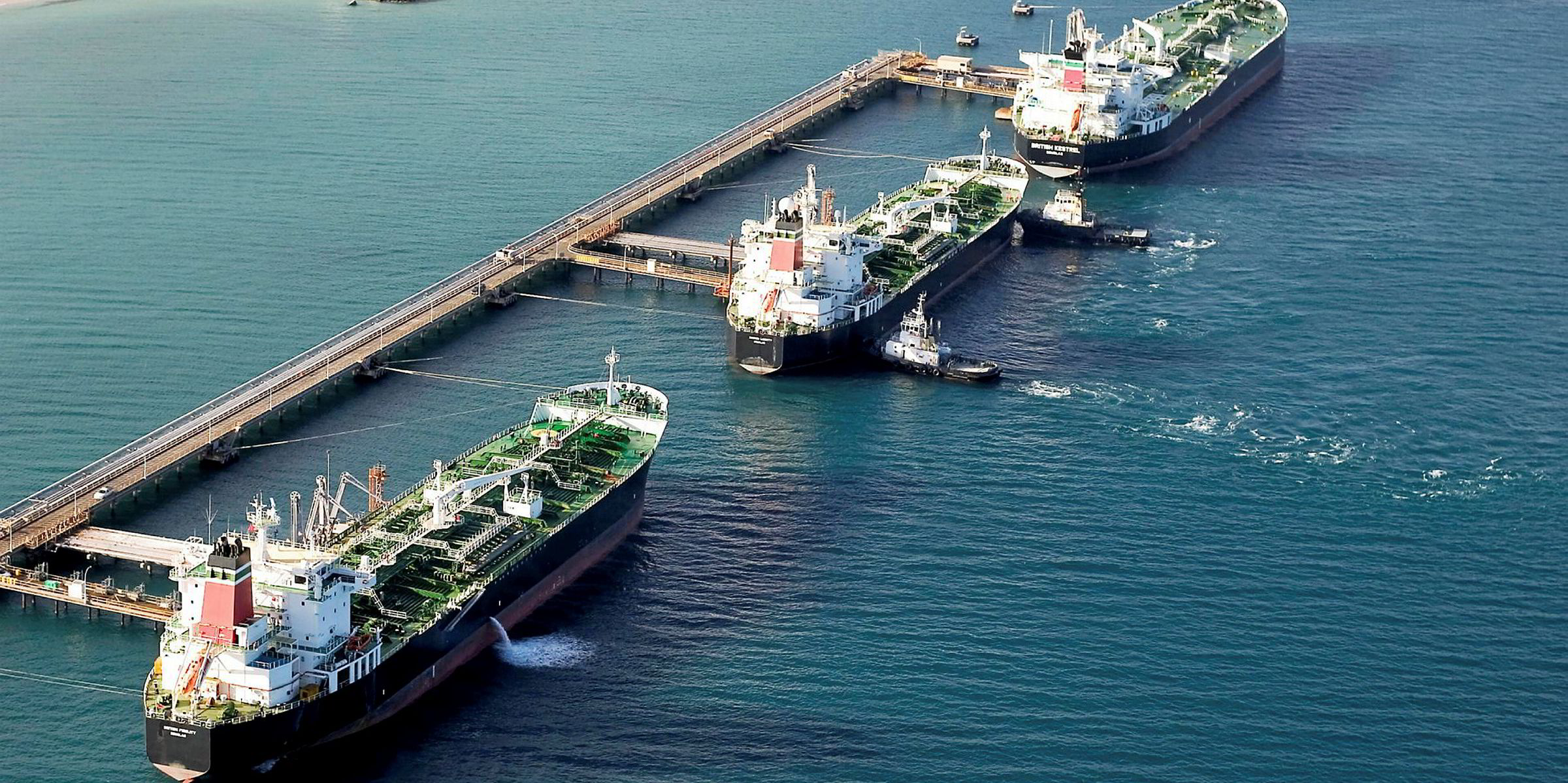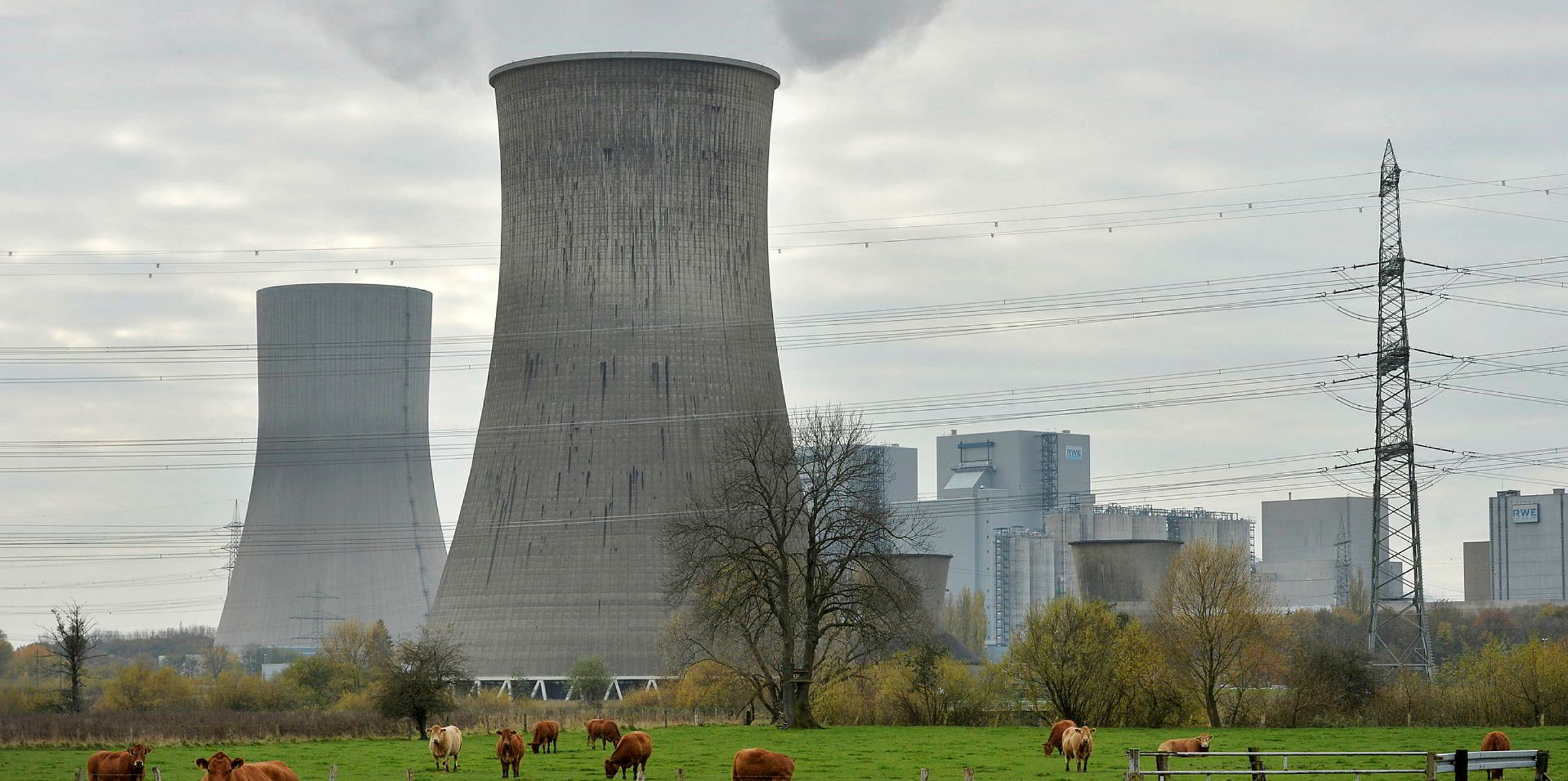The International Energy Agency (IEA) has hiked its forecast demand for very low sulphur fuel oil (VLSFO) this year as the new type of oil product emerges as the most popular marine fuel.
According to the OECD energy watchdog’s annual Oil 2020 report, global VLSFO consumption will amount to 1.3m barrels per day (bpd), compared with its previous forecast of 1.01m bpd.
This prediction is “evidenced by the rapid take-up in major bunkering hubs such as Rotterdam and Singapore and the relative ease with which oil refiners have been able to produce it,” the IEA said.
Government data showed bunker sales in Singapore – the world’s largest bunkering port – reached 8.39m tonnes in the first two months of 2020, of which 5.82m tonnes were VLSFO.
In Rotterdam, the port authority said VLSFO sales already exceeded high sulphur fuel oil (HSFO) in December. This year’s figures are not available.
Further looking, the IEA has predicted VLSFO demand to increase by 150,000 bpd per year at a steady pace between 2021 and 2025, amounting to 2.1m bpd at the end of 2025.
“VLSFO will be the fastest growing product in the whole oil barrel,” the IEA said.
Risks in VLSFO blending
From this year, the IMO has required vessels in the global trading fleet to switch from HSFO to VLSFO or marine gasoil (MGO) with sulphur contents up to 0.5%, unless they are installed with scrubbers.
While some refineries have been producing VLSFO by de-sulphurising residual fuels, the IEA said most VLSFO supply is from the process of blending various refining feedstocks such as vacuum gas oil or heavy sweet crude.
Despite VLSFO being a new product, off-spec incidents have so far been limited, according to fuel surveyors.
Still, the IEA warned fuel producers should pay attention to parameters such as viscosity in their pursuit of blending margins.
“With the 0.5% sulphur cap, other parameters are becoming increasingly relevant. The use of low value streams like slurry, petrochemical waste products, etc., while ensuring higher margins, carries the risk of undesirable behaviour of the final product,” the IEA report said.
Lower forecasts for MGO an HSFO
With VLSFO taking market share, the IEA has adjusted forecast MGO demand to 1.3m bpd in 2020 from its previous prediction of 1.98m bpd.
According to the IEA, MGO consumption will slowly decrease to 1m bpd in 2025, with refineries ramping up VLSFO production in the coming years.
Moreover, the IEA is now forecasting the non-compliance rate with the IMO 2020 rules to be 12% this year, down from 15% in last year’s report, thanks to larger-than-expected VLSFO consumption.
Consequently, the IEA has lowered its forecast HSFO demand to 1.2m bpd this year from 1.39m bpd previously.
The Paris-based organisation admitted the discount of HSFO were not as steep as expected, with refineries managing to reduce its output by upgrading their facilities and processing lighter crude amid rising US crude exports.
Data from Ship & Bunker showed the discount of HSFO to VLSFO stood at $99.5 per tonne as of Friday, down from $306.5 at the beginning of this year.
On a longer term basis, the IEA still expected the fuel price spread would lead to increased scrubber installations, predicting the number of scrubber-fitted ships to rise to 5,200 by end-2024 from 2,500 at end-2019.
This development would support HSFO consumption at 1.1m bpd in 2025, little changed from the 2020 level of 1.2m bpd, according to the IEA.








